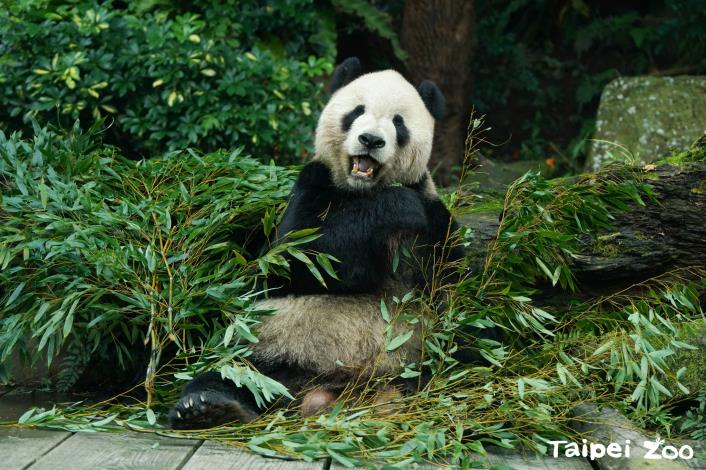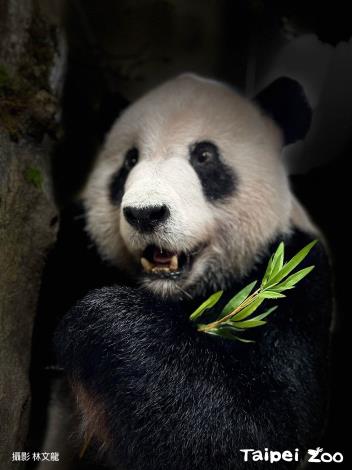Wisdom derived from animal lives will endure.
The zoo showcases species diversity and natural behaviors to the public, playing a role akin to that of a museum by embodying various values such as education, research, conservation, and culture. In addition to the provision of comprehensive care for live animals, with a priority placed on animal welfare, zoos also take scientific and professional approaches to preserve and document biological specimens, including images, fur, bones, and even cells, at the conclusion of an animal's life cycle. This preservation serves future research, education, display, and reference purposes. The ultimate aim is to ensure the continuation of animal lives through an alternative form of knowledge, contributing to a lasting legacy in the world. Giant pandas Tuan Tuan and Yuan Yuan were brought to Taiwan in 2008 through the assistance of the Association of Friends of Taipei Zoo for species exchange.Tuan Tuan is the only male giant panda in Taiwan, garnering international attention and possessing irreplaceable rarity and uniqueness in terms of historical value and conservation status as a protected species in the wild. From the perspective of the wildlife management authority, discussions closely involving relevant professionals had taken place before the passing of Tuan Tuan. The decision was made to prioritize the scientific preservation and research value of Tuan Tuan internationally. Efforts were made to fully preserve Tuan Tuan's fur, bones, and living cells, aiming to facilitate subsequent conservation, education, and research efforts by scholars both domestically and internationally. It is also anticipated to serve as a significant foundation for advancing wildlife medical and care technologies. Following the passing of giant panda Tuan Tuan on November 19, 2022, the zoo immediately initiated the Tuan Tuan preservation project. Currently, samples including fur, bones, frozen sperm, and fibroblast cells have been successfully collected, considering the urgency and timeliness of relevant tissue preservation. As for the preservation method of furs, after many discussions between experts and the zoo, and considering its important scientific and educational value as an endangered and rare species, suggestions from keepers who have cared for it for many years were taken into account. It was then decided to create the specimen in its most natural form.



![Taiwan.gov.tw [ open a new window]](/images/egov.png)
